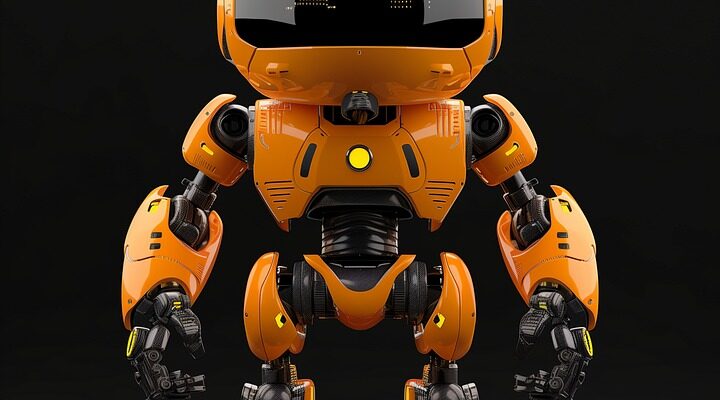Introduction
In the world of animation and video games, 3D character design plays a crucial role in bringing digital characters to life. From iconic characters like Mickey Mouse to cutting-edge video game heroes, 3D character design is at the heart of creating engaging and memorable characters that audiences can relate to and root for. But how does the process of 3D character design unfold, from concept to completion? In this article, we will explore the steps involved in creating a 3D character, from initial concept sketches to the final polished model.
Concept Development
The first step in the process of 3D character design is concept development. This is where the designer imagines the character they want to create, considering factors such as the character’s personality, backstory, and overall look. Concepts may be developed through sketches, mood boards, or written descriptions, helping to establish a visual identity for the character.
Storyboarding
Once the concept for the character is established, storyboard artists may create rough sketches or storyboards to visualize the character’s role in the larger narrative. Storyboarding helps to ensure that the character design fits seamlessly into the overall project, whether it be an animated film, video game, or virtual reality experience.
Modeling
After the concept and storyboard have been finalized, the 3D character design process moves into the modeling stage. This is where the character is brought to life in three dimensions, using specialized software such as Maya, ZBrush, or Blender. The modeler creates a digital sculpture of the character, paying attention to details such as anatomy, proportions, and texture.
Rigging
Once the character has been modeled, it needs to be rigged in order to be animated. Rigging involves creating a digital skeleton for the character, with joints and controls that allow the character to move and emote realistically. Rigging is a crucial step in the 3D character design process, as it enables animators to bring the character to life through movement and expression.
Texturing and Shading
Once the character has been modeled and rigged, it needs to be textured and shaded to give it a realistic and polished appearance. Texture artists apply color, patterns, and other details to the character’s surface, while shading artists create realistic lighting effects that make the character look three-dimensional and lifelike.
Animation
With the character fully modeled, rigged, textured, and shaded, it is ready to be animated. Animators bring the character to life through movement, expressions, and gestures, using keyframe animation, motion capture, or a combination of both. Animation is a crucial step in the 3D character design process, as it is where the character truly comes to life and engages with audiences.
Rendering
Once the character has been animated, it needs to be rendered in order to create the final visuals. Rendering involves generating the final images or frames of the character in motion, with all textures, shading, and lighting effects applied. Rendering can be a time-consuming process, especially for complex character designs, but it is essential for creating polished and professional-looking visuals.
Post-Production
After rendering, the final frames of the character are brought into post-production for additional editing and enhancements. This may include color correction, compositing, and special effects that further enhance the character’s appearance and impact. Post-production is the final stage in the 3D character design process, where all elements of the character come together to create a cohesive and compelling visual experience.
Conclusion
In conclusion, the process of 3D character design involves a series of steps, from concept development to post-production, that work together to bring a digital character to life. By following a structured workflow that includes modeling, rigging, texturing, shading, animation, rendering, and post-production, designers can create engaging and memorable characters that resonate with audiences and bring their projects to life. Whether it be a beloved animated character or a cutting-edge video game hero, 3D character design is at the heart of creating immersive and captivating digital experiences.
